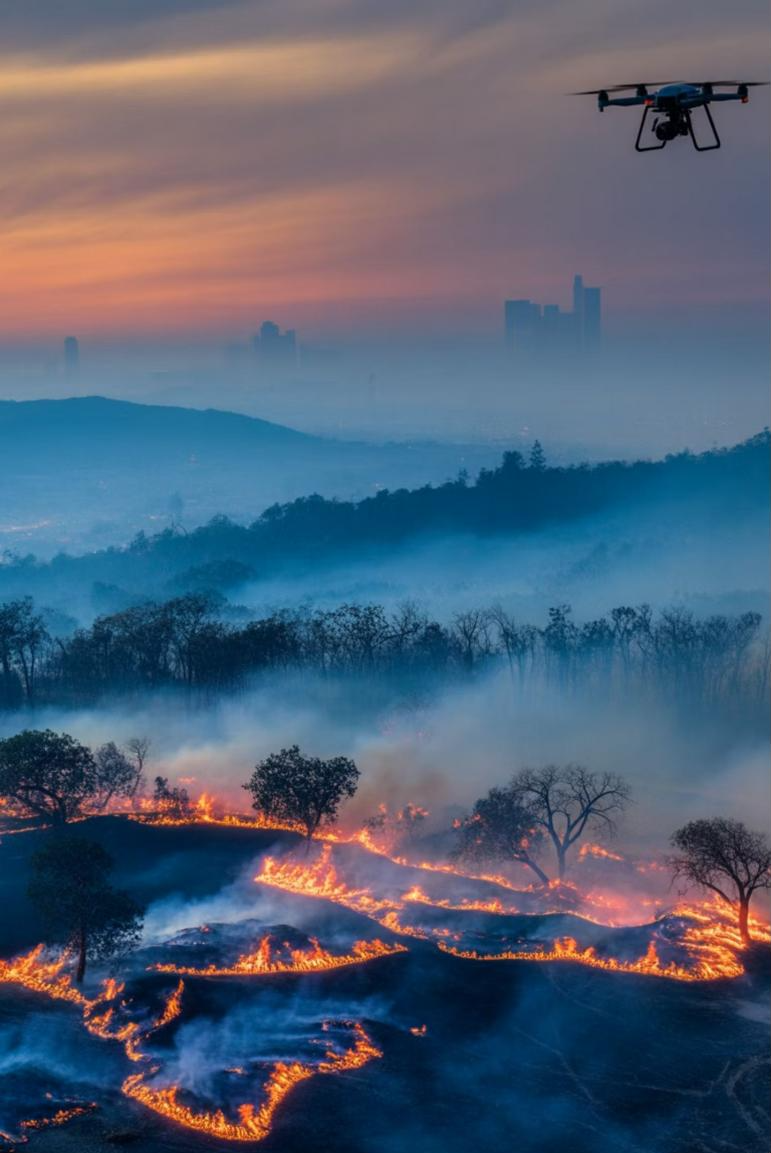The Escalating Wildfire Crisis
A State of Emergency
California faces an unprecedented challenge in the fight against wildfires. As climate change intensifies and urban development expands into wildland areas, the threat continues to grow at an alarming rate.
Devastating Economic Impact
The financial toll of wildfires has reached catastrophic levels, with annual economic losses now exceeding $275 billion. These costs encompass:
- Property destruction
- Infrastructure damage
- Economic disruption
- Environmental rehabilitation
- Healthcare expenses
Environmental Devastation
An average of 2.3 million acres of California land burns annually—an area larger than Delaware. This devastation:
- Destroys critical wildlife habitats
- Releases massive amounts of carbon
- Degrades air quality across multiple states
- Threatens water resources
- Accelerates soil erosion
Human Cost
The tragedy extends beyond statistics. The 2018 Camp Fire alone claimed 85 lives, making it the deadliest wildfire in California’s history. Each season brings:
- Loss of human life
- Displacement of communities
- Long-term health impacts
- Psychological trauma
- Destruction of livelihoods
The Technology Gap
Despite advances in other fields, wildfire fighting technology remains rooted in the past. Current methods:
- Rely on reactive rather than predictive approaches
- Lack real-time coordination capabilities
- Cannot adapt quickly to changing conditions
- Put firefighters at unnecessary risk
- Struggle with resource allocation efficiency
The time has come for a paradigm shift in how we combat this growing threat. We need solutions that match the speed, scale, and unpredictability of modern wildfires.
See Inspiration for the aerospace-inspired approach to solving this crisis, and System Requirements for the technical capabilities needed to address these challenges.
